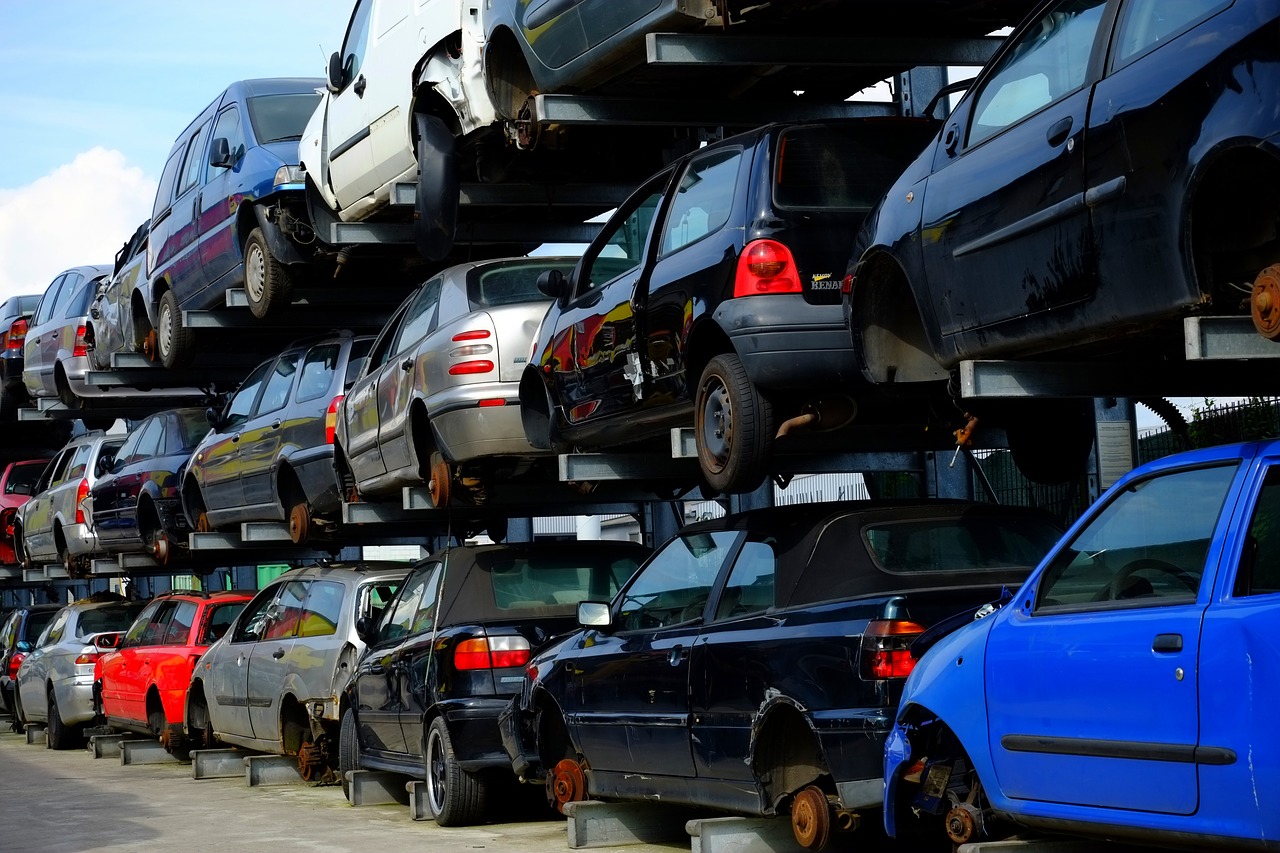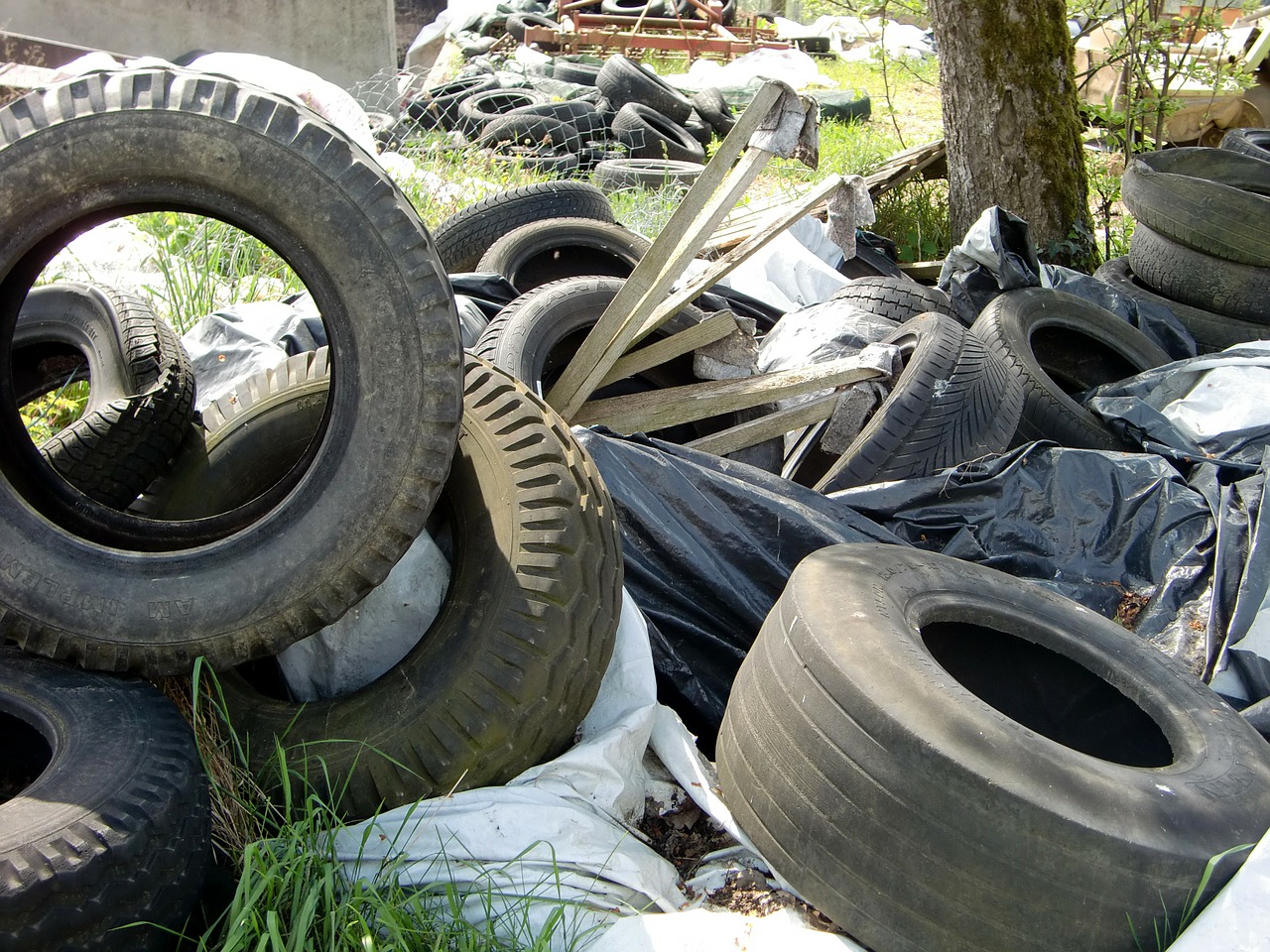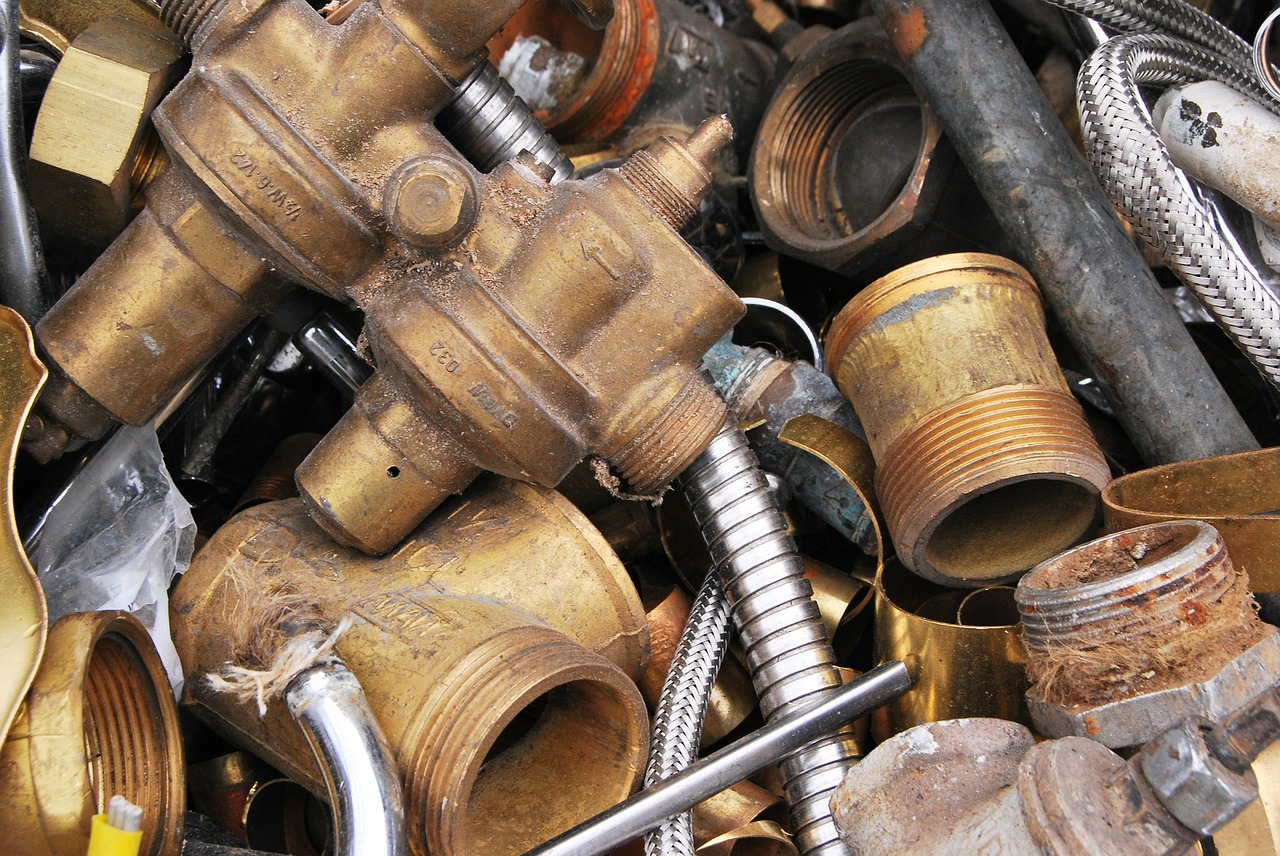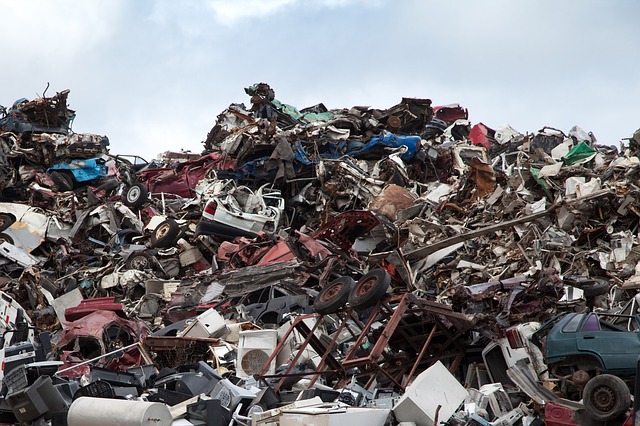Car recycling: a new life for old cars
From rebuilt engines to fuel for the steel industry, there is life after death for cars of the scrapyard
Your first car was probably a bit rusty and a bit clatter. However, it got you where you needed to go for a few years until it started to fall apart. All cars eventually die, but even when nothing works anymore, they still keep a level of value. They are destined for the scrapyard., where the process of car recycling can start. Here, they will be sliced up, churned and spat out as cubes of metal. But this isn’t the end of your car’s life – it’s the beginning of a new one.
A new life for old cars
The parts inside your old car can be removed and recycled or repurposed. Car recycling means these parts will be removed before being compresse, The empty car bodies will then be stacked with the contents of other cars that are set for the crusher. In time, they will go on to become part of a new car or product. Almost everything, right down to the engine, can be reused.
The process requires a lot of complicated stages of extracting parts and disposing of hazardous materials. It starts with the removal of the battery, tyres and catalytic converter, followed by draining all of the vehicle’s fluids. The highest-value parts may be removed and sold as a new restored product or as a second-hand part. This historically labour-intensive process has been made more efficient with the introduction of machine-based vehicle-recycling.
Final destination
After the hazardous chemicals, including airbag propellant and mercury, are removed, only an empty shell of the car remains. This is crushed into a cube or totally flattened before being transported to an industrial shredder. It is often then remade into new car parts.
Recycling car tyres
How your car tyres are recycled and repurposed
Cement manufacturing
Old tyres can be used as fuel in the manufacturing of cement, providing energy and economical benefits, and an environmentally friendly way for the complete and safe destruction of used tyres.
 Building material
Building material
Tyres can make an affordable building material in sustainable housing. The tyres are filled and compacted with earth to provide strong, long-lasting insulated walls.
Tyre-derived aggregate
Tyre-derived aggregate are thinly sliced remnants of tyre that can be used in the engineering industry, particularly for vibration-damping material on railway lines.
Soles of shoes
New shoe products including flip-flops and trainers are can be made from car recycling. An example is huaraches in Mexico and caite sandals in the Central American state of Guatemala which are made from tyres.
Car recycling for steelworks
Steelworks need a carbon source to convert iron ore, and tyres are replacing coal in this manufacturing process.

The most valuable parts that are recycled
Car recycling has been improved thanks to modern day technology. Each old car can be torn apart, and components taken from the car body, before it is crunched up into a cube.
Battery
The battery can be broken down into its component parts. The plastic is turned into pellets to create battery casing and the lead extracted to create lead alloy.
Autoglass
The windscreen, and all other autoglass, can be reclaimed and turned into fibreglass insulation and glass bottles.
Scrap metal
Every metal part in your car – including fenders, door handles and radiators – can be melted down to create new metal products.
Catalytic converter
Precious metal, such as platinum, is removed from the catalytic converter. This metal is then recycled for jewellery.
This article was originally published in How It Works issue 118, written by Charlie Evans
For more science and technology articles, pick up the latest copy of How It Works from all good retailers or from our website now. If you have a tablet or smartphone, you can also download the digital version onto your iOS or Android device. To make sure you never miss an issue of How It Works magazine, subscribe today!





